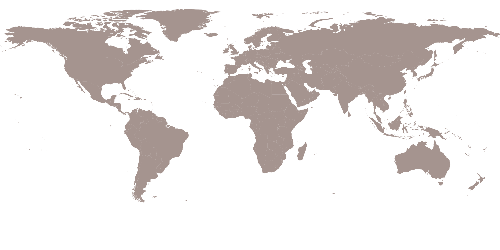Sustainable building design through passive measures
The building is designed with large building depths, thereby reducing heat loss through facades, while the large roof overhangs and suspended balconies provide effective solar shading to prevent overheating. The structure is oriented to maximise solar gain and daylight, reducing reliance on artificial lighting. High, operable windows maximise natural light and support natural ventilation through a chimney effect, minimising need for mechanic ventilation and maintaining high indoor air quality and temperature stability, enhancing occupant comfort and wellbeing. Robust thermal mass in exposed brick and concrete moderate diurnal temperature swings, while effectively insulated, large climate screen minimises cold bridges and reduces heat loss.
Efficient construction and operations
Designed as a living textbook of functional and responsible craftmanship, the project prioritises natural, low-impact, durable materials: certified timber, slate, and recycled bricks, sourced with minimal environmental impact. Timber acts as carbon sink while recycled bricks reduce demand for virgin materials, lowering embodied carbon. Hydraulic lime mortar enables future disassembly and reuse. Waste is minimised through integrated design, e.g. prefabrication. Unpainted surfaces and built-in-furniture minimise need for maintenance and future waste production. Solar panels, passive systems like thermal mass and high-quality insulation reduce operational energy, complementing high-efficiency systems for heating, ventilation and water saving.
Landscape & Biodiversity Integration
The project transforms fallow urban meadow into biodiversity-rich urban landscape, connecting adjacent nature- and park area, post intervention. Native vegetation is prioritised to improve microclimate and biodiversity: tall grasses, water-resistant trees, and flowering herbs in outer landscape. The inner courtyard features more curated landscape: cherry dogwood, dawn redwood, burnet rose, and hawthorn. Species are chosen which only require natural watering and can withstand the high average precipitation. Rainwater harvesting and open basins create microhabitats that supports wildlife. Diverse plant species and wind-protected spaces restore ecological balance, fostering a resilient and accessible urban ecosystem.
Land use & Transformation
Herning sits one moraine hill with gravel, clay, and nutrient-poor soil. Located on urban fringe, the existing site consist mainly of fallow meadow with high groundwater levels. Frequent flooding limits accessibility to adjacent nature- and park area. The intervention introduces wooden boardwalks, enabling passage, to urban and recreational areas, while allowing natural flooding to persist. Respecting local land-use patterns, the project blends educational and residential functions with green spaces, integrating built and natural environments. With 41% built-up area, it provides housing for young artisans, workshop, and communal areas. Its flexible design ensures adaptability, evolving with occupants’ needs over time.









